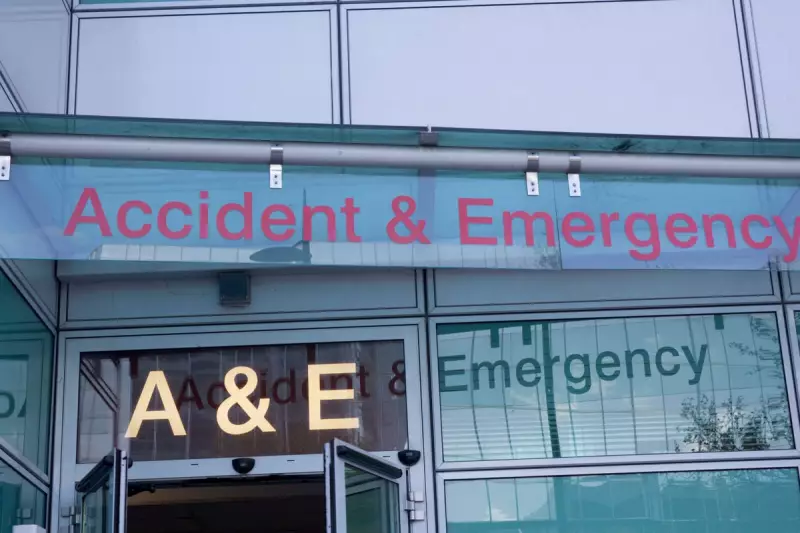
NHS Performance: A Mixed Picture for England's Hospitals
Newly released monthly performance figures for NHS hospitals in England present a complex landscape, revealing a slight decrease in the overall waiting list for routine treatment. However, this minor improvement is overshadowed by a significant increase in patients receiving 'corridor care' in A&E departments and a further slippage in cancer referral targets.
The data, published for the period up to the end of September and October 2025, indicates that while the government and NHS England have set ambitious targets for March 2026, several key areas are currently moving in the wrong direction.
Routine Treatment and Long Waits
The waiting list for routine hospital treatment has seen a small decline after rising for three consecutive months. At the end of September, an estimated 7.39 million treatments were queued, relating to 6.24 million patients. This is down from 7.41 million treatments and 6.25 million patients at the end of August.
Despite this slight drop, long waits remain a severe challenge. A total of 180,329 people had been waiting more than a year to start treatment. While this figure has fallen from 190,549 in August, it still represents a significant burden. Furthermore, the number of patients waiting over 18 months saw a slight increase to 1,489.
The government aims to reduce the proportion of people waiting more than 52 weeks to under 1% by March 2026. Currently, it stands at 2.4%.
Pressure in A&E and Ambulance Services
The situation in Accident & Emergency departments deteriorated in October. The number of people waiting more than 12 hours from a decision to admit to actually being admitted – a practice known as 'corridor care' – jumped to 54,314, up from 44,765 in September.
Similarly, the proportion of patients seen within four hours fell to 74.1%, moving further away from the 78% target set for March 2026. Ambulance response times also worsened. The average response time for the most urgent, life-threatening calls was eight minutes and one second, still above the seven-minute target. For emergency calls like heart attacks and strokes, crews took an average of over 32 minutes to respond.
Cancer Care and Diagnostic Tests
Performance on cancer referrals has also slipped further behind. In September, only 73.9% of patients urgently referred for suspected cancer were diagnosed or had cancer ruled out within 28 days, missing the 75% target. There is a stark disparity in these figures: while 75.3% of patients who did not have cancer were informed within 28 days, just 52.2% of those who did have cancer received their confirmation within that timeframe.
The wait for diagnostic tests remains another critical bottleneck. In September, 386,849 patients – representing 22.5% of the total – had been waiting longer than six weeks for key tests such as MRI scans and ultrasounds.
While the slight reduction in the overall waiting list offers a glimmer of hope, the rising pressures in A&E, worsening ambulance response times, and missed cancer targets paint a clear picture of an NHS still under immense strain as it works towards its 2026 goals.





